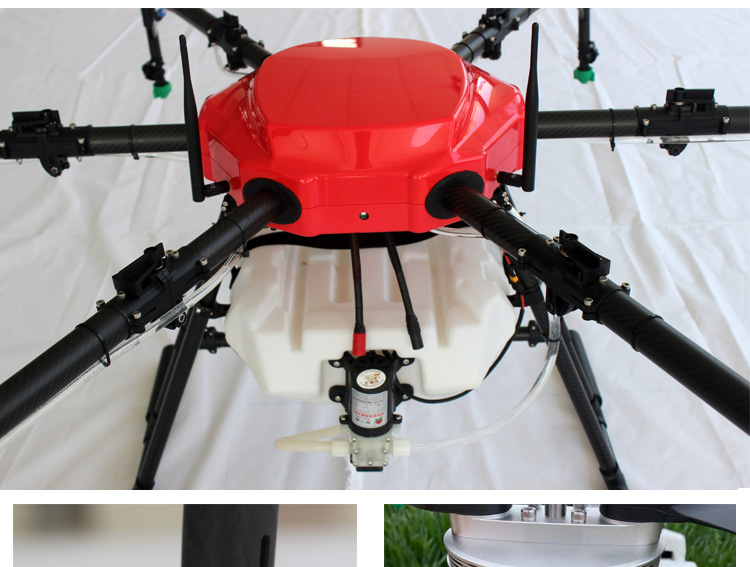

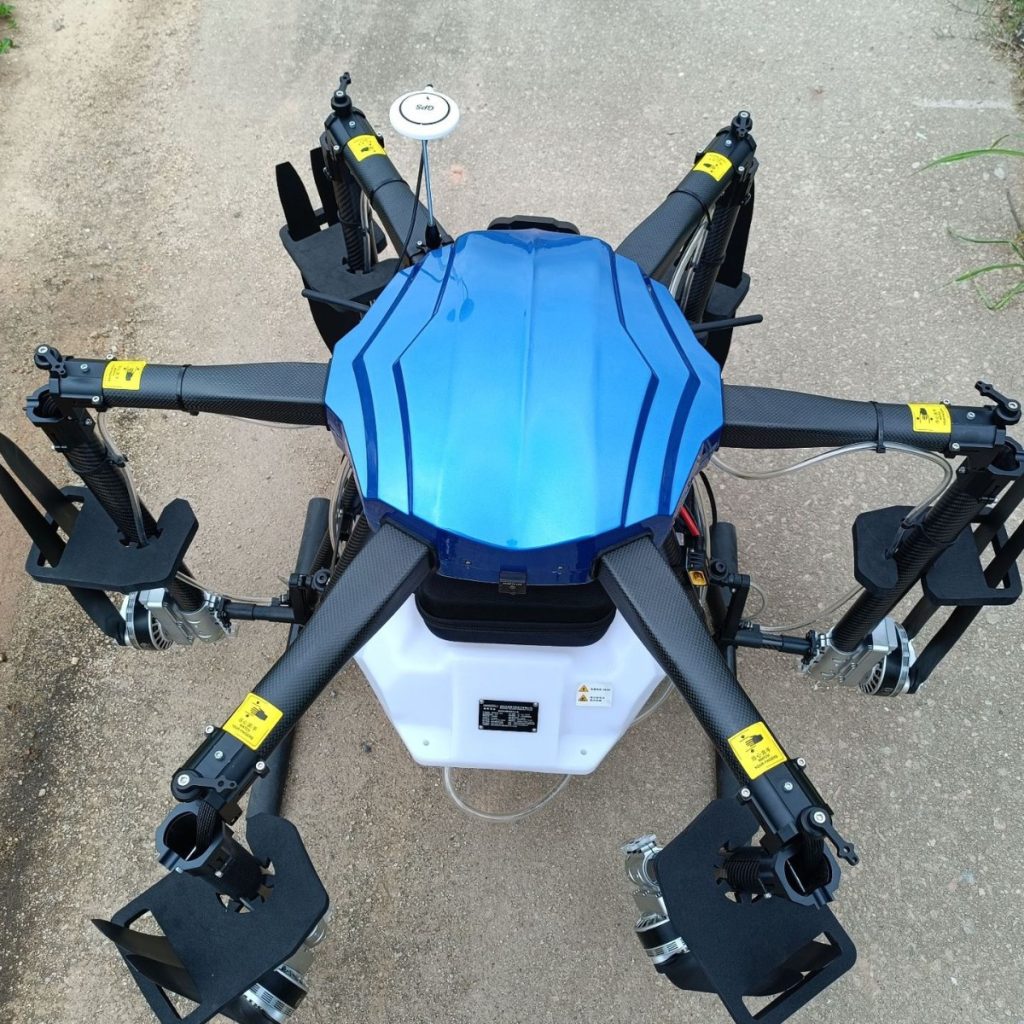

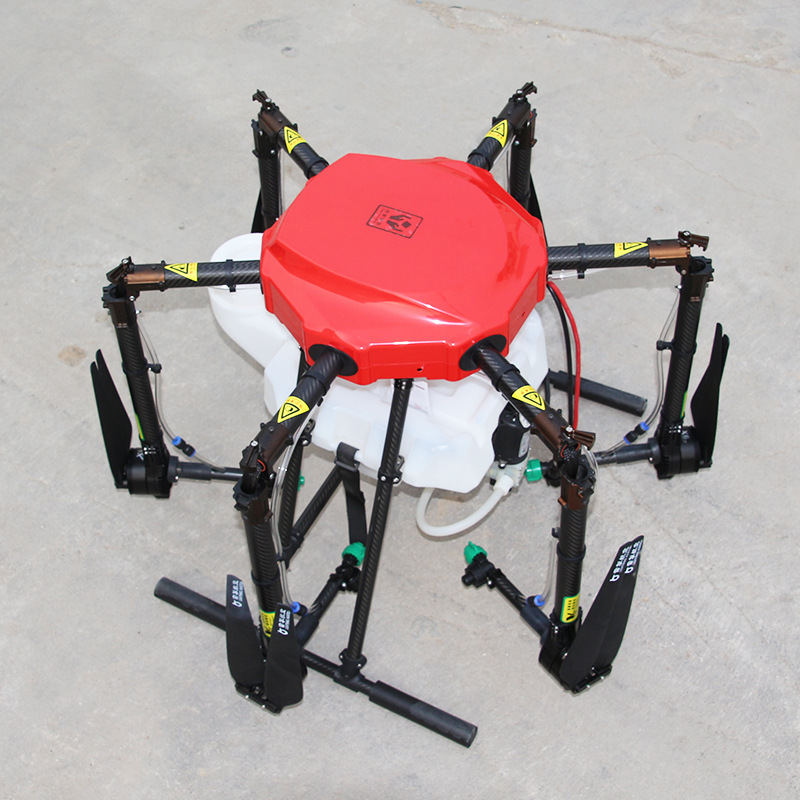
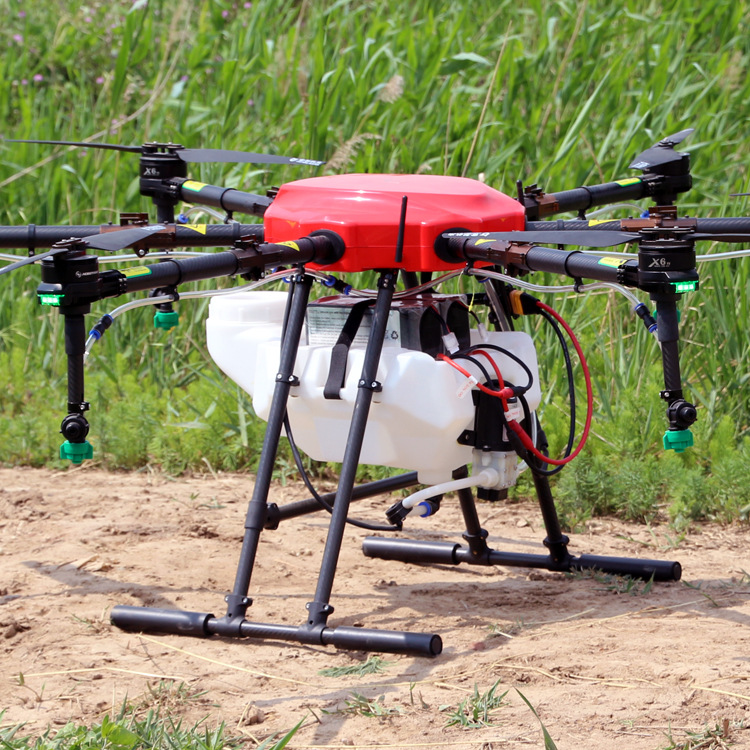
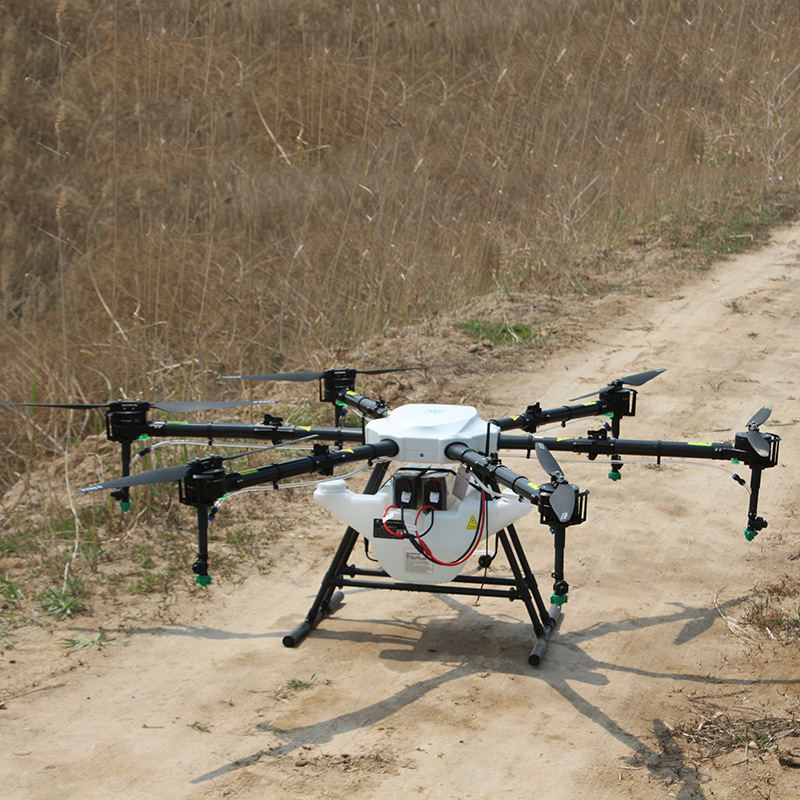
In today’s fast-changing agricultural world, efficiency, precision, and sustainability are more important than ever. With increasing pressure from climate change, labor shortages, and rising input costs, farmers are turning to smart technology to stay productive. One of the most promising tools leading this transformation is the agricultural drone—a fast, flexible, and intelligent solution for modern farming challenges.
🚁 What Are Agricultural Drones?
Agricultural drones are unmanned aerial vehicles (UAVs) designed for a variety of farming operations, including:
- Spraying pesticides, herbicides, and foliar fertilizers
- Spreading seeds or granular fertilizers
- Mapping and surveying farmland
- Monitoring crop health and detecting disease
- Collecting data for precision agriculture decisions
These drones can cover more ground in less time than traditional machinery, while also reducing environmental impact through precise, targeted application.
🌾 Key Benefits of Using Drones in Agriculture
1. Labor Efficiency
With fewer young people entering the farming industry, drones allow one operator to do the work of an entire team—especially for tasks like spraying or spreading.
2. Precision and Cost Savings
Drones use GPS-guided flight paths to treat only the areas that need attention, reducing chemical waste and protecting nearby crops and water sources.
3. Improved Yield and Crop Health
By detecting problems early—such as nutrient deficiency, pest damage, or water stress—drones help farmers take action before losses occur.
4. Access to Challenging Terrain
Whether it’s sloped hills, narrow rice terraces, or wet ground after rainfall, drones can operate in places where tractors can’t.
5. Sustainable Farming
Drones help reduce over-application of chemicals, lower carbon emissions, and minimize soil compaction—supporting eco-friendly agriculture.
🛠 Common Applications of Agricultural Drones
| Function | Use Case Examples |
|---|---|
| Spraying | Pesticides, fungicides, foliar feed for rice, tea, fruits |
| Spreading | Urea, potassium, organic granules on corn or wheat |
| Mapping & Surveying | Creating 2D/3D maps of fields for planning |
| Monitoring | Early detection of crop stress and disease |
| Seeding | Cover crops or rice broadcasting |
📦 Key Features to Look For
When choosing an agricultural drone, the following features are highly valuable:
- Payload capacity (10–30L)
- RTK GPS for high-precision flight
- Terrain-following radar and obstacle sensors
- Modular design for multi-purpose use
- Foldable body for easy transportation
- Support for local language (e.g., Japanese, Bahasa, etc.)
Ease of operation and maintenance are also critical for adoption by farmers of all ages.
🌍 Growing Global Adoption
From rice fields in Asia to corn farms in the Americas, agricultural drones are rapidly becoming standard tools for smart farming. Governments, cooperatives, and agribusinesses are investing in drone technology to improve food security and modernize rural economies.
Drones are especially valuable in:
- Smallholder farms in Japan, Indonesia, and India
- Large-scale plantations in Africa and South America
- High-value crops like grapes, apples, and tea
🤝 Opportunities for Distributors and Partners
As the demand for smart farming tools grows, drone manufacturers are offering:
- OEM & ODM services
- Local language software & manuals
- Training and technical support
- Customizable spraying systems for specific crops or field types
By becoming a regional distributor or technology partner, businesses can join the future of agriculture and serve local farmers with cutting-edge solutions.
Conclusion
Agricultural drones are not just flying machines—they are smart, reliable partners for modern farmers. From reducing labor stress to boosting productivity, these devices are reshaping the way food is grown and harvested.
As agriculture rises to meet global challenges, drones are helping farms take flight—toward a more efficient, sustainable future.


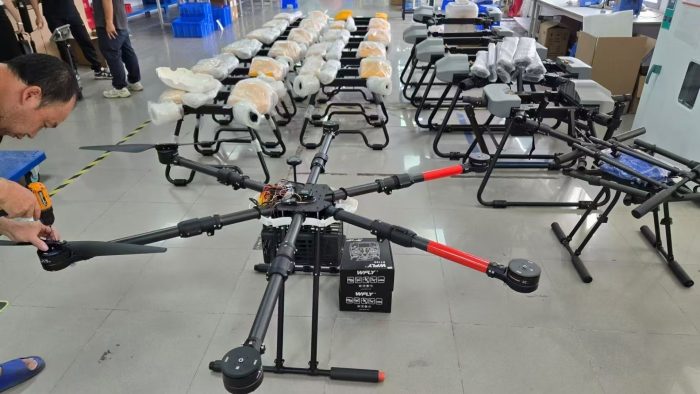

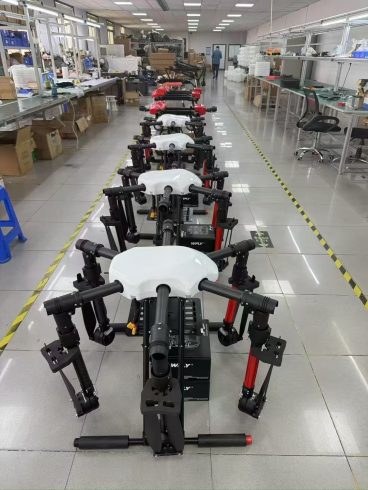
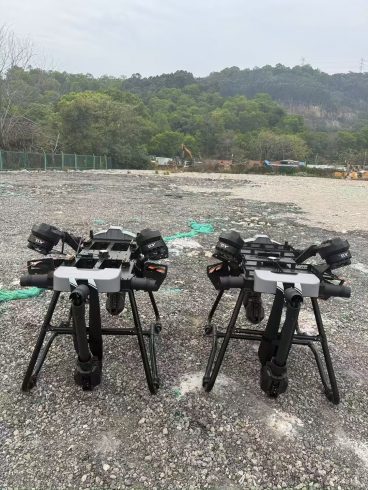
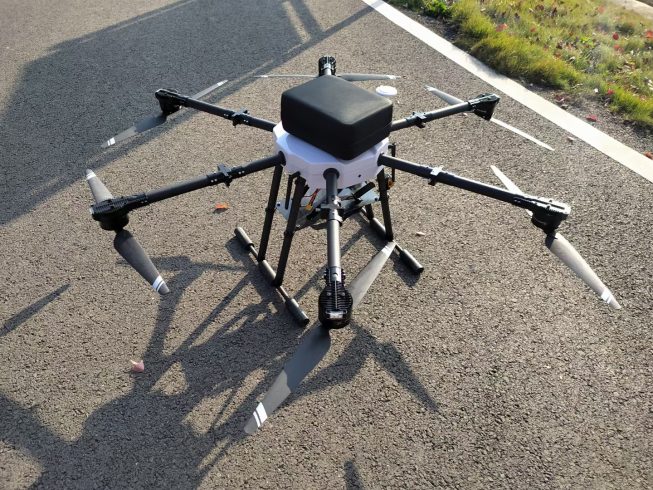
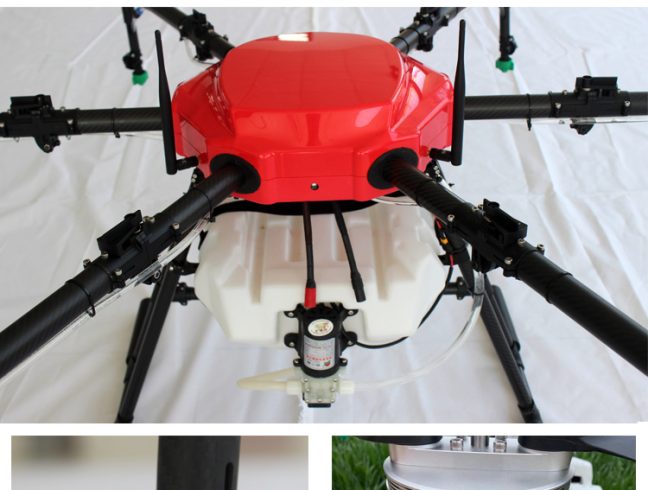

暂无评论内容